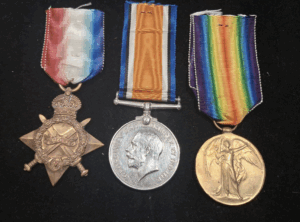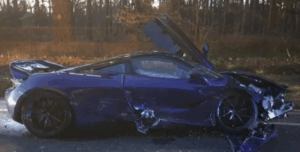Technological innovation has been the defining hallmark of our era, as the breakneck pace of development in all industries has changed our lives incalculably and irrevocably. With regard to the automotive industry, paradigm shifts in vehicle design and development have resulted in clever commercial models and enhanced driver safety. A major system we have to thank for this is the ‘IoT’ – but what is it, and how have connected cars become our future?
What is IoT?
For the unfamiliar, IoT is an acronym that stands for Internet of Things; the Internet of Things describes the interconnectivity of ‘smart’ objects and appliances via internet or Bluetooth connections, enabling the transfer of information and commands between disparate units to create a cohesive system. IoT has been a common fixture in the domestic sense since the early 2010s, and possibility of app control for heating systems and kitchen appliances.
Commercially speaking, IoT-enabled technologies have allowed key development and innovation with regard to manufacturing and supply processes, as networked machines are coordinated and controlled by AI ‘brains’, and capable of sharing information with both one another and with supervising staff. The possibilities and applications are endless, and within the commercial end of the automotive sector, are only being fully realised now.
Connected Cars
The term ‘connected car’ refers to a vehicle that benefits from some form of connectivity. It was first coined in the late 20th century, with some US vehicle manufacturers innovating to include automatic emergency service alerts in the event of an accident or incident. Other vehicles innovated in more leisurely ways, with in-built entertainment and telephone systems to enable integrated contact with other contacts or even drivers.
Today, the ‘connected car’ is much more advanced than those early days of emergency connectivity. This advancement has served to push up car prices, and the swiftness of the advancement has made depreciation more impactful – leading to gap insurance becoming a valuable external consideration for drivers. Bluetooth connections, internet-enabled communications and real-time service centre diagnostics are all possible in the modern car – but do not describe the totality of the modern vehicle.
IoT and the Modern Vehicle
IoT technology has revolutionised the modern car in numerous ways, beyond basic connectivity to emergency and diagnostic services or even the ability to communicate seamlessly between drivers. Today’s cars are serviced by a multitude of electrical sensors and systems, there to monitor, supervise and improve upon everything from fuel economy to basic road safety.
The interconnectivity of these devices via an ECU enables complex changes to stimuli, and immediate reaction to situations. Intelligent braking is a prime example of this, as is the current design for traction control. Not only does IoT make drivers safer, but it also improves environmental impacts – both in fossil-fuelled cars, and in making the development of Electric Vehicles (EVs) possible.





































